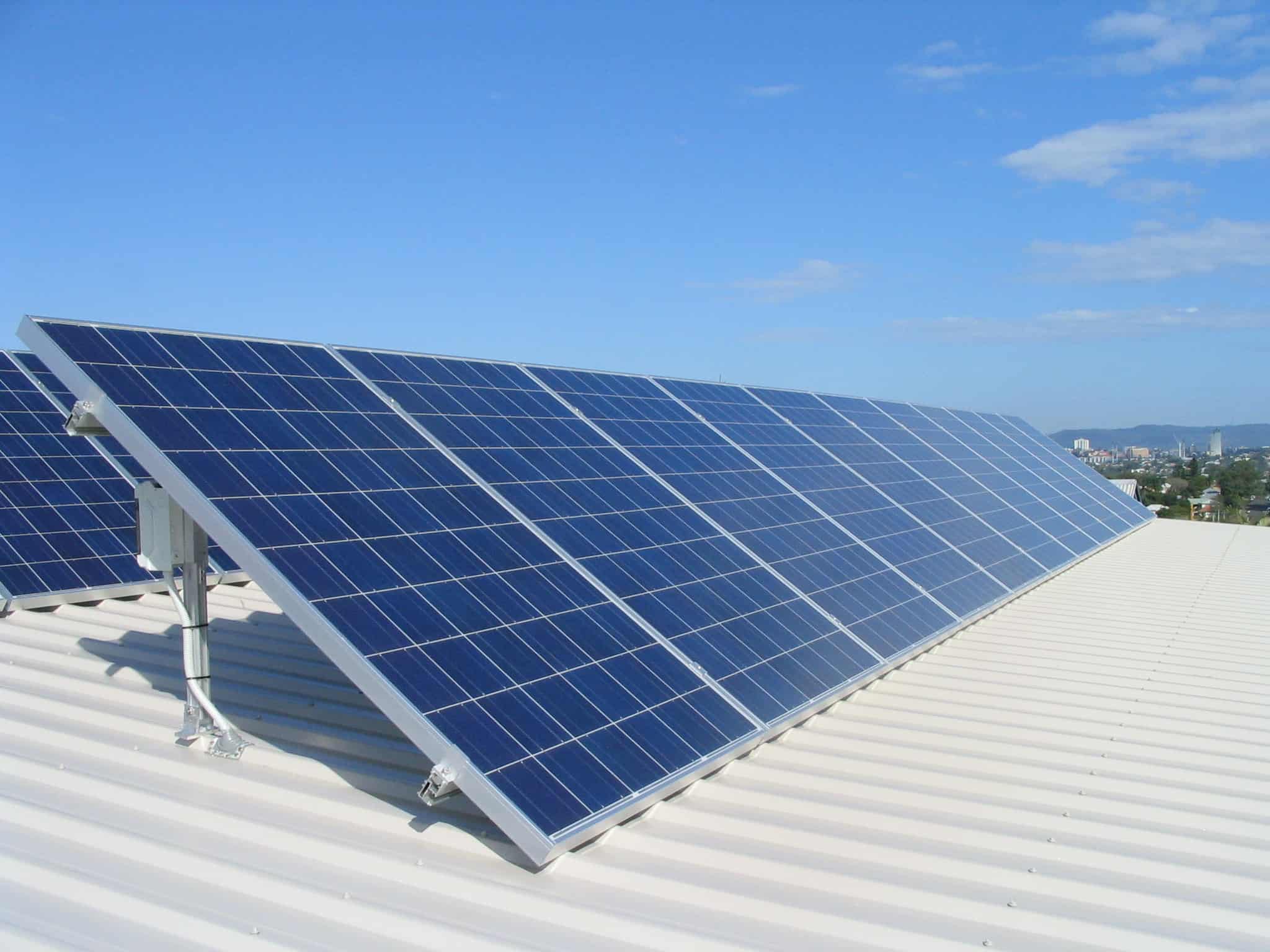Solar panels are devices used to tap the sun’s emissions and change them into electricity or heat. It is made by putting together a huge number of cells and connecting them electrically. Afterwards, these cells are then fixed into a support frame in a grid-like pattern in assembly of 6×10 solar cells. They should be fixed on the upper part of the frames. The cells are majorly photovoltaic which can be used to produce power through Photovoltaic effect.
Crystalline silicon solar cells are used in solar panels. These solar panels are long-lasting. The efficiency of the solar panels reduces by one to two percent after two to three years.
These panels should be placed in an open area or on rooftops of households in such a way that hey get maximum sunlight.
Solar energy is clean source of energy and are useful in counteracting the hazardous emissions of greenhouse gases thus helping in decreasing global warming. They also reduce the dependence on non-renewable sources.
What is Solar Energy
The sun is the source of solar energy. Solar energy is acquired by tapping heat and light that has been produced by the sun. Every second the sun emits a huge quantity of energy. The Sun emits more energy in one second than humans have ever used since the beginning of time. All stars, like our Sun is usually made up of hydrogen and helium gases.
Through the process of nuclear fusion, the sun produces energy in its core. During this process, the sun’s exceeding high pressure and temperature causes the hydrogen atoms to enter plasma state. In this state, electrons and protons of atoms are not bound by electromagnetic forces and are randomly moving around in high speeds. These randomly moving hydrogen nuclei combine to form a helium atom and during which releases energy.
One helium atom is formed by combination of four hydrogen nuclei, but one helium atom weighs less compared to the four hydrogen atoms that fused to form it. During this process some matter is lost. At this point, the lost matter from the disintegrated hydrogen atoms is released into space as radiant energy. Thus the energy which we receive from Sun is generated.
Of the energy radiated from the sun, only a small portion of it strikes the earth. However, even this fraction of energy earth receives in a day is more than what we need for the next one and a half hundred years.
How Solar Panels work on both Heat and Light?
Solar panels do work on both heat and light. But the amount of energy obtained by infrared radiation(heat) alone is very low compared to that of light energy.
Solar Panels use both Heat and Light to generate electricity. They absorb radiation with wavelengths from 380nm to 750nm (Visible Light) and 750nm to 830nm( Infrared radiation or Heat).
Typically, Solar panels are designed to extract a specific amount of energy from a photon and convert it into electricity. The remaining energy of the photon is discarded. This specific amount is usually near-visible infrared part of the spectrum(around 830nm). So the infrared(heat) energy having a higher wavelength than 830nm is discarded and is not used.
To increase the efficiency of the solar panel, we can design panels with multiple layers. The top layer takes high energy photons and discards the low energy ones and the bottom layers use the low energy photons. Thus, we could in theory increase the efficiency of solar panels up to 50%. But this will also increase the manufacturing costs.
Solar energy directly produced from the sun is used in various ways by various consumers on Earth. Trees use the direct radiation from the sun in a food making process known as photosynthesis while the same radiations can be converted into electric energy by the solar panels.
History and Future
In the mid-20th century, silicon cells were discovered and could produce a reliable amount of electricity that drove small electric devices. During this time, the cost of solar energy was still high and was not as popular as it is today. Unlike the national grid that must have a physical connection, solar cells are relatively small, convenient and portable, and have proven the best choice for people living in remote areas. The application of solar cells cuts across different applications, ranging from solar cars, solar-powered aircraft, water pumps, lighting street lights among others.
Solar panels are very costly when they are first designed in the 80’s. They are only for the wealthy then due to high cost. The cost of solar systems has, however, gone down in recent years, making it affordable to the middle classes in different countries around the world. For example, in the United States, the cost of solar energy dropped from $10 per unit watt in 2000 to about $4 in 2013. this was a great boost to the affordability of solar systems among most residential as well as commercial enterprises. Statistics show that the adoption and output of photovoltaic solar systems are gowns by 40% a year .
Countries concerned about the effect and cost of using fossil fuels such as coal and petroleum products are highly investing in solar technology. The leading world economies: the USA, Europe, India, and China are now implementing solar energy. India plans to invest over $160 billion worth of investment in the solar energy sector. Influential personalities such as Bill Gates, alongside other big investments such as Apple, Verizon, Walmart are slowly switching to power their offices with solar energy. If the prices continue to decline. Solar technology will be the cheapest energy source on the planet.
Companies like Tesla, Ford and Mercedes are trying to develop Solar powered vehicles for day to day use. In 1981, a flying machine known as the Solar Challenger, which was designed with 16,000 sun powered cells delivering more than 3,000 watts of intensity, was flown over the English Channel fueled exclusively by daylight. Accomplishments, for example, these move enthusiasm for extending the employments of sun oriented power. In any case, the utilization of sunlight based cells is still in its early stages.
These solar panels now have an efficiency of 18-25% compared with around 6 percent for cells delivered during the 1950’s. Scientists are working on new techniques to make cells that are more efficient than those produced using single gem silicon. They are currently working on less costly Polycrystalline silicon wafers, formless silicon and slight silicon films onto glass substrates.Scientists are working on developing windows which can act as solar panels as well. Materials other than silicon, for example, Gallium Arsenide, Cadmium Telluride and Copper Indium Diselenide are also being tested.
Conclusion
Yes, Solar panels do use both heat and light energy to produce electricity. But the amount of electricity by heat alone is very small and could be negligible in some panels.
Though the solar cells have not been cheap in the recent past decades, there has been a subsidised price in the cost of the costs of the cells which have made it affordable to the common citizens and middle income earners compared to the previous years. Africa is in among the globe’s continents which have vastly invested in the technology and development of solar energy. This is because Africa receives about 40% of the world’s solar radiation. With breakthrough in the technology, solar energy will become the most used method in energy production in Africa and the world at large. It will become most available and affordable. Africa could also become highest producer of energy via solar panels due to its deserts and semi arid region like Sahara and Namib desert. Asia and Americas has a huge potential in regard of solar energy due to large areas and tropical climate.
References
Lave, M., Reno, M. J., & Broderick, R. J. (2015). Characterizing local high-frequency solar variability and its impact on distribution studies. Solar Energy, 118, 327-337.
Denning, R., & Mubayi, V. (2017). Insights into the societal risk of nuclear power plant accidents. Risk analysis, 37(1), 160-172.




